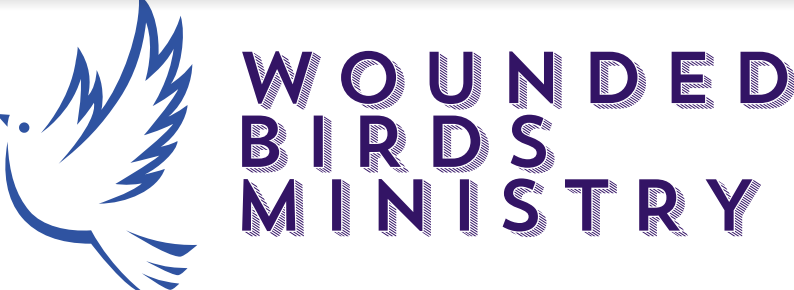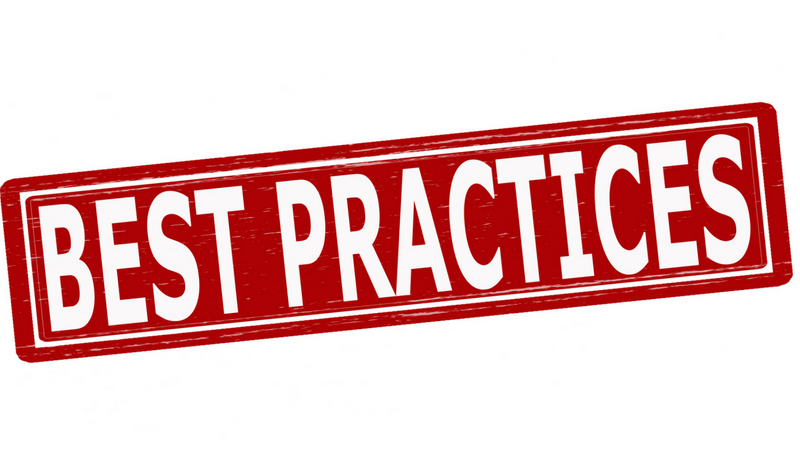Deciding to Get a Prescription
“I want to know what I feel is real.” That was me, sitting on my current therapist’s couch for the first time a couple of years ago.
Recently diagnosed with depression, I was finally starting to get some relief. Even so, I’d heard enough about anti-depressants to worry that they were going to turn me into a zombie. It’s the same fear I’ve heard from nearly every person I’ve interacted with since.
The next most common point I hear from those same people? “I wish I had started sooner.”
There’s a lot of fear and worry wrapped up in the idea of taking medications for our psychiatric health. We know that our depression, our bipolar, our borderline personality, or whatever-disorder isn’t a bacterial or viral infection. It’s not something we can look at through a microscope and say “Aha! There it is!” (although we are getting closer to diagnosing through MRIs and other objective methods). It’s not an infection our bodies can fight off with prescription help. I think it feels more amorphous, and that makes it intimidating.
There are also the stories that everyone has heard at this point: overmedication to the point of zombification, a struggle to get prescriptions properly situated (both in combinations and dosages), and nasty side effects.
The stigma around mental illnesses doesn’t aid this effort, either. It shifts the perspective of these disorders away from a medical issue to a personal one: I’m not doing enough. I am not enough.
Another statement I frequently hear from those afraid to start the medication process (and even those who are on meds but re-thinking the strategy) is “I’m afraid I won’t be myself anymore.”
I’ve witnessed in my life and personal relationships the benefits that the right prescription can have on revealing our real personality. The reality is that our disorders distort our personalities. One close family member was diagnosed with ADHD; familial relationships were challenging at best due to the negative response patterns this person had as a result of the disorder. When they went on a prescription, our family finally got to meet the amazing person who lived behind the disorder. It was like getting new glasses through which to see them.
Even when we become consciously aware of these reasons for pushing off medication as a treatment option, it can be challenging to overcome them even when we are desperate for relief. Many, like me, look at prescriptions as a last-ditch effort at relief.
Here’s what I’ve learned about the prescription process: Not only does it help provide relief, it also ensures that we are treating the right problems.
For example, 69% of bipolar patients are initially diagnosed with depression. One reason is that depression is better understood by our society than mania/hypomania, and it’s also how bipolar first presents in many patients.
The challenge? Antidepressants trigger manic phases.
This is part of my story. I was initially diagnosed with depression and did everything in my power to treat it without medication. Six months later, I was feeling better but not good, and I decided to try medication. Thank God I did.
My psychiatrist put me on a low dosage of Lexapro, an antidepressant that is commonly considered a first-line option. I spent four weeks at that low dosage and had two hypomanic episodes during that window. Based on my reactions to Lexapro, my psychiatrist did a re-evaluation of my diagnosis and determined that I have bipolar disorder.
We switched medications (again starting with a low dosage and then building our way up), and after two months I noticed that I was responding to the new prescription. It took another month or so to get my prescription to the right dosage, but at least we knew we were treating the right problem. When I took my updated diagnosis to my therapist, it opened up entirely new avenues of healing in my talk therapy.
I’ve also witnessed stories of others who start with a diagnosis of bipolar disorder and, through their (often effective) response to the mood stabilizers, have their diagnoses amended to borderline personality disorder. Or, through non-response, to schizoaffective disorder. While it is frustrating to be chasing a changing diagnosis (and dealing with the prolonged suffering), the good news is that once we get to the right diagnosis, we can put in place a treatment plan that will be tailored to us and our specific needs. It sets us up for better, long-term success.
Not all prescriptions are a life-long commitment, either. Most antidepressants are currently prescribed with short-term expectations (although your mileage may vary). For diagnoses such as ADD/ADHD, anxiety, and depression, often the medication is considered an aid to helping the individual resolve traumatic experiences and learn life skills to manage their experiences so that they no longer need the meds. (Before I get hate mail on this one: this doesn’t apply to all diagnoses in these areas and all mental illnesses present on a spectrum of severity that may impact your personal experiences. Additionally, other disorders, such as bipolar disorder, borderline personality disorder, schizophrenia, etc. will require life-long usage for best results. This is a great conversation to have with your doctor.)
All this is to say that getting a prescription is a great first step in the treatment process. Even so, it is wise to move cautiously and deliberately into the process. A few tips for those considering going on a prescription or changing their current medications:
– Go to a psychiatrist and not your general practitioner (where possible). Most GPs can prescribe anti-depressants and anti-anxiety medications but aren’t usually well-versed in the side effects and proper dosing. Psychiatrists specialize in ensuring you get the right relief for your situation and are required to stay current on the latest medications and information.
– Start slow and thoughtfully. Most psychiatrists will pursue this route anyway, and I know it can be frustrating. If you have multiple diagnoses, they often prefer to treat one at a time. The wisdom in this is that sometimes treating the primary underlying disorder will resolve other issues. For example, many bipolar patients live with severe anxiety. Many times, the anxiety is an outcome of the experiences of living with bipolar disorder. Properly treating the bipolar through a mood stabilizer, skills, and talk therapy often helps the anxiety to naturally resolve.
My psychiatrist consistently started me at 50 mg, and I stayed on each dosage level for four weeks before we switched or ramped me up. We also progressed slowly, increasing by 50mg at a time. At each point, he inquired about side effects and responsiveness. I’ve heard of other psychiatrists starting and progressing in 25mg increments and a few in larger increments.
– Before you meet with your psychiatrist, make a list of all the questions you have or think you will have. Understanding what you can expect from a particular medication, its side effects, or what is involved if you decide to go off the prescription later are all important questions. I have a prepped list of questions that I’m happy to send you if you email me at teresa@woundedbirdsministry.com. It can be a good jumping-off point.
– Also, make a list of all your symptoms. For many of us, deciding to try a medication is highly emotional, and blanking in front of the doctor is not unusual. In fact, if this happens to you, you’re in good company! The people I know who have gotten off to the best starts have walked in with a list of symptoms even if they were previously diagnosed by someone else. Allow your doctor the opportunity to independently evaluate your situation; it will build trust between you and helps make the entire process easier.
I know that deciding to try a prescription isn’t always easy and the process can be frustrating. I also believe that medications can play an important – and sometimes critical – role in the treatment process.
Have you chosen to walk through God’s door to put on your new self? What’s holding you back? What encourages you?
For more information on Thinking Distortions and CBT, check out this post. To learn how to battle Thinking Distortions, we go into detail here. To get a list of 14 Common Thinking Distortions and a worksheet, sign up for our newsletter!
Looking for daily inspiration and community? Join our warm and supportive Facebook group!









